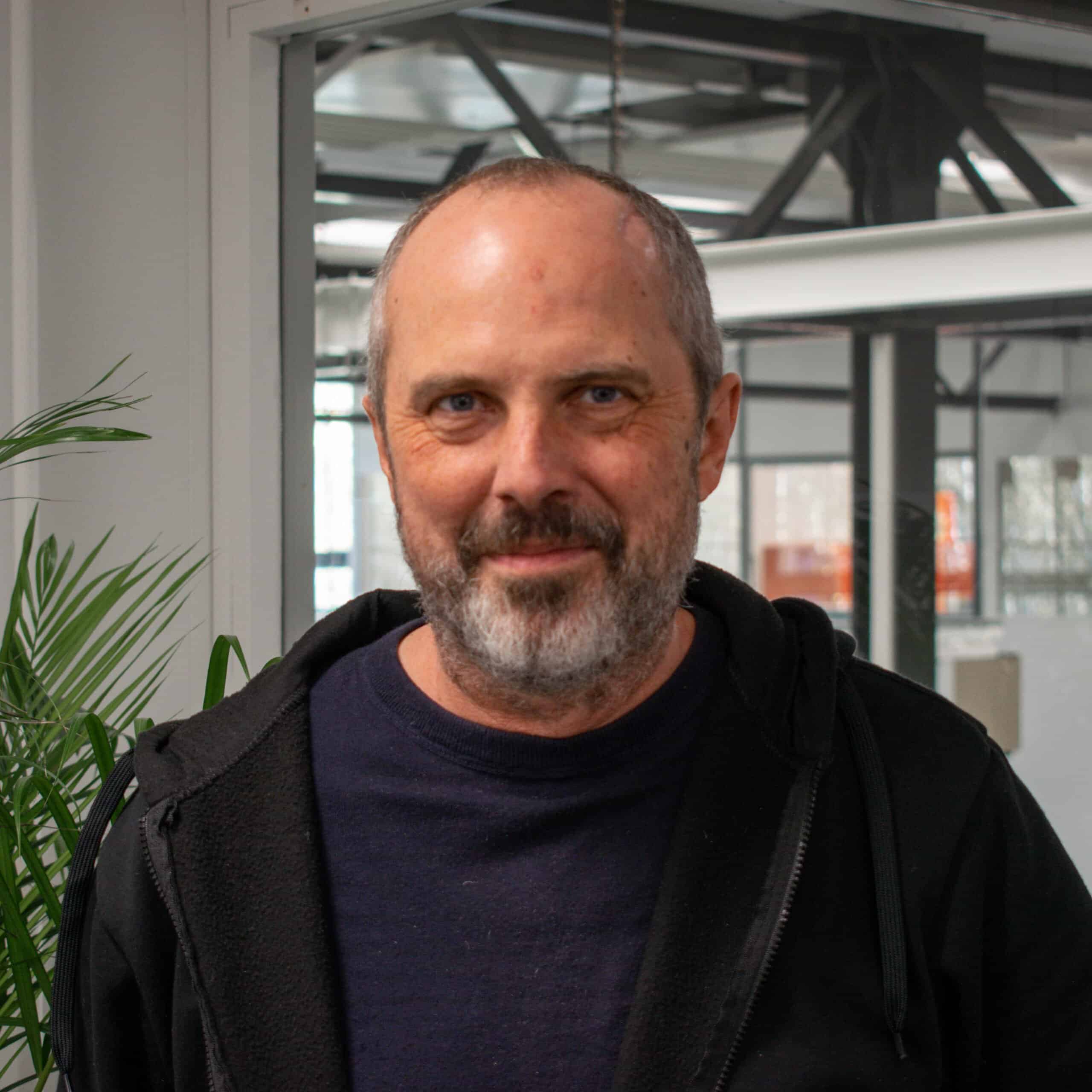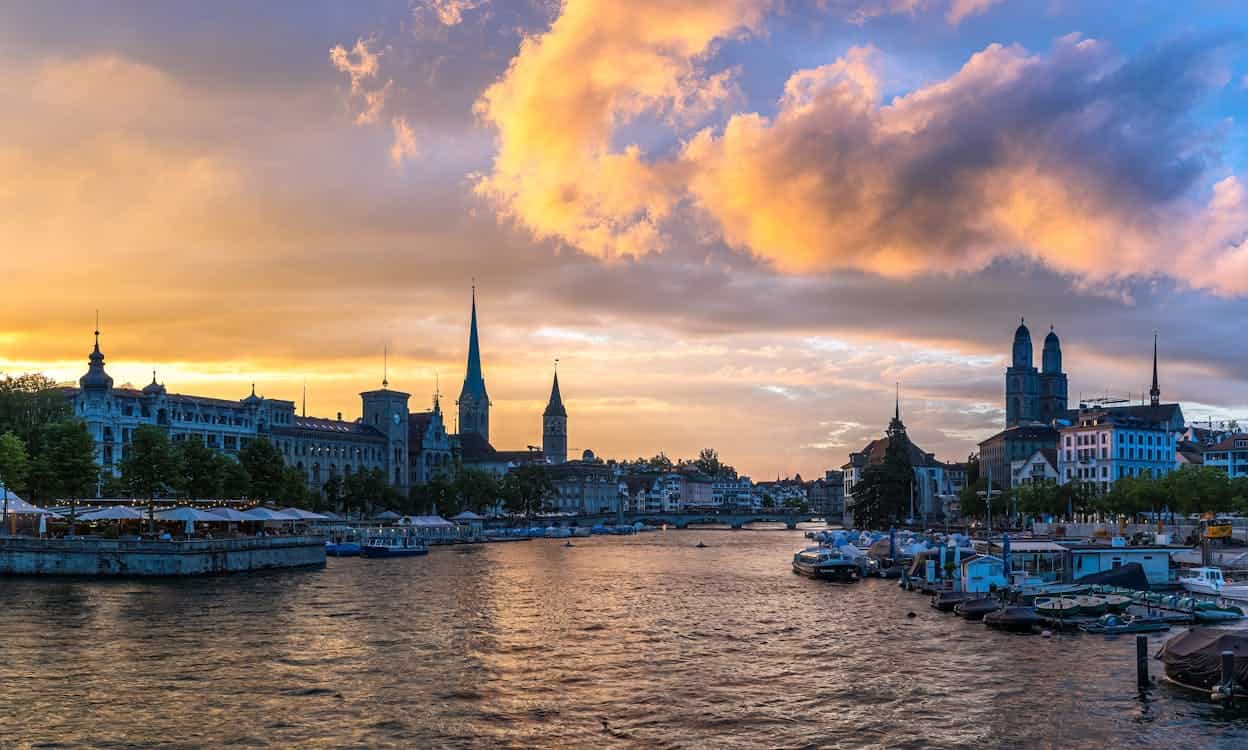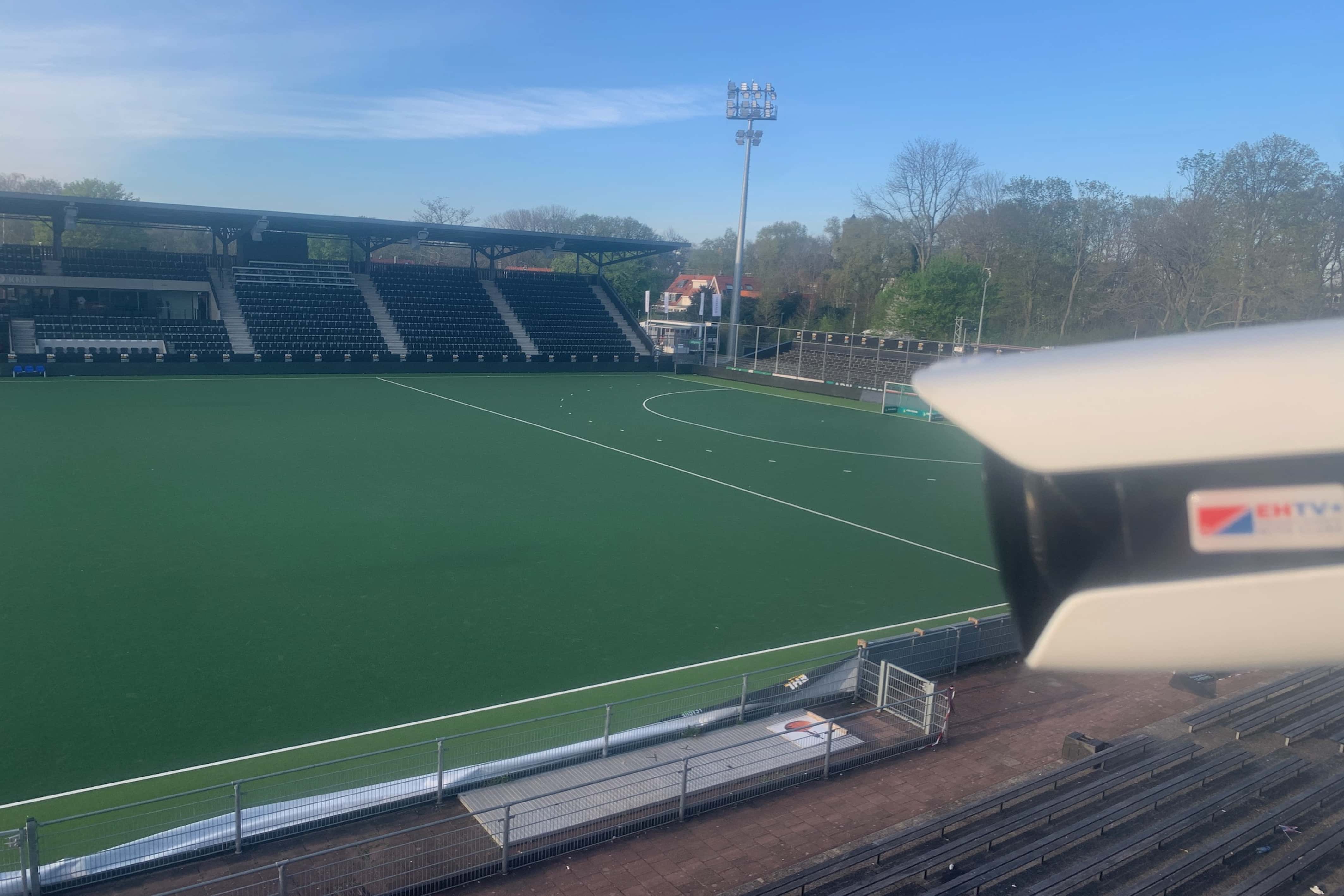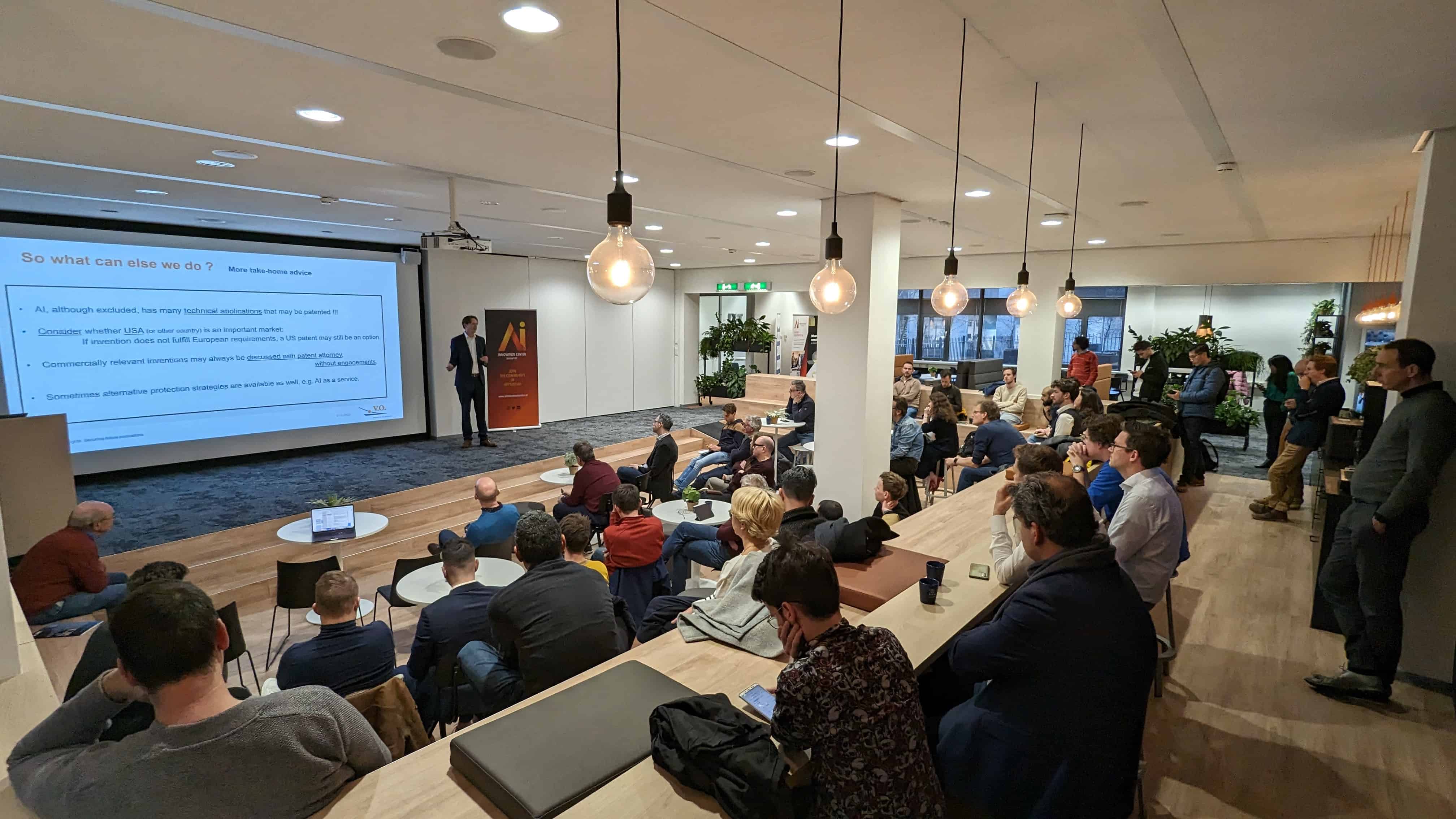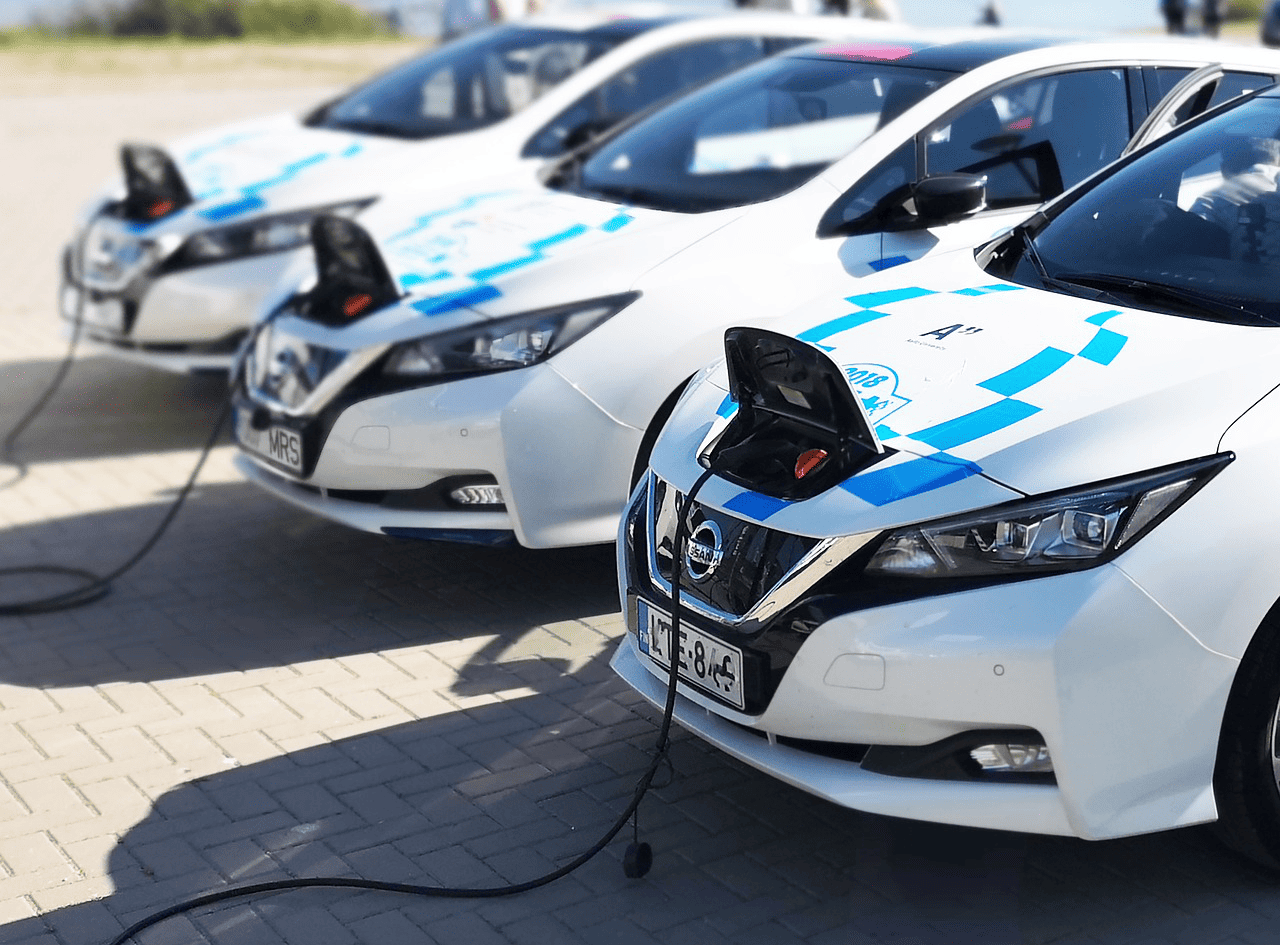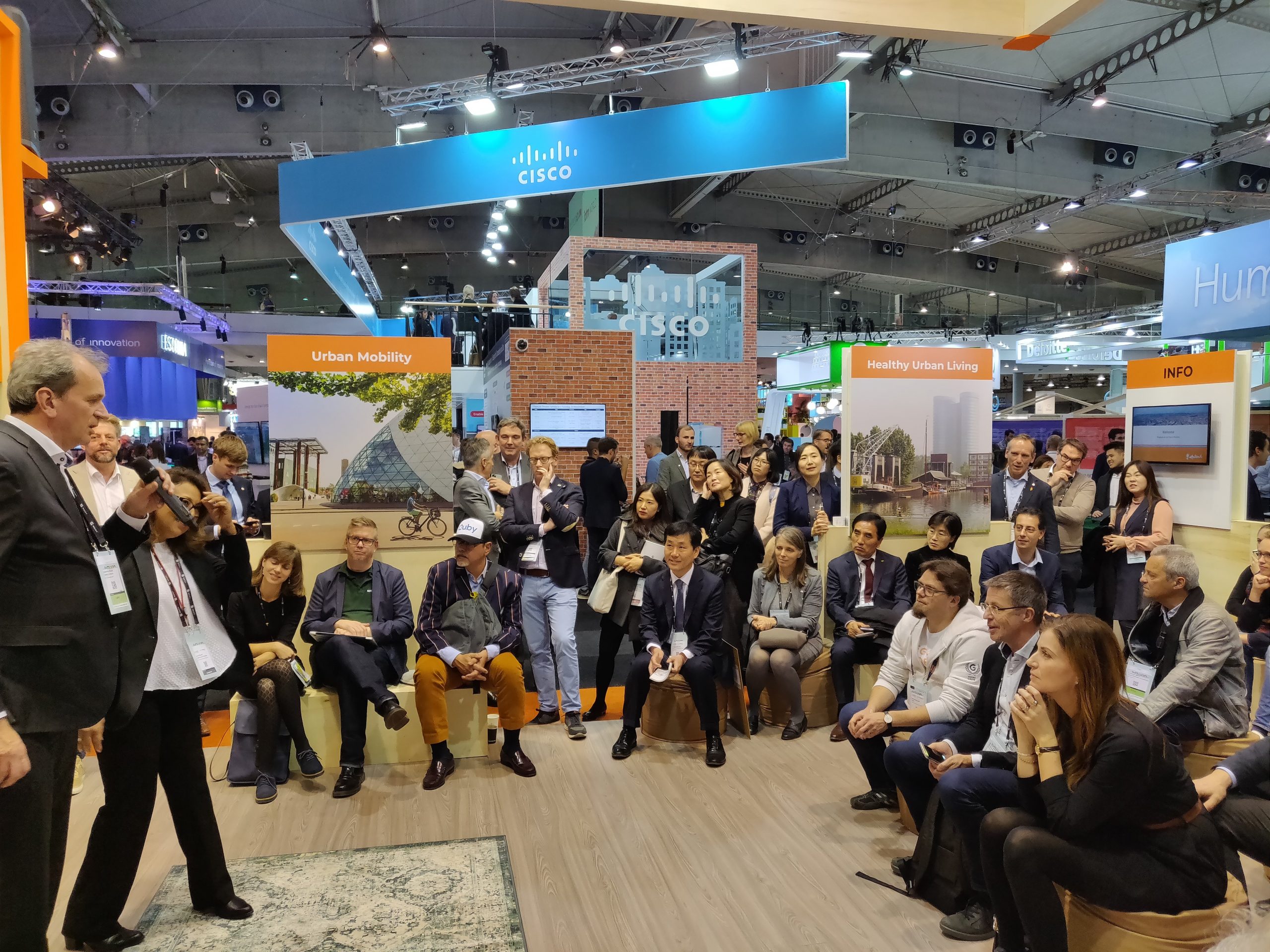
The Smart City Expo World Congress takes place in Barcelona, with 25,000 visitors the largest in this field. Over 250 of them come from the Netherlands. Report from the Holland Pavillion.
It is a coming and going of international delegations at the booth where the Netherlands give a dazzling show showing how Dutch municipalities and companies are at the forefront in smart and green mobility and in making cities resilient to climate change. Whether it concerns KPN’s 5G field lab on the Automotive Campus, the technology with which engineering firm Sweco will be able to give priority to electric cars at traffic lights and thus make them more economical, Dutch municipalities and entrepreneurs are in no way inferior to other countries in terms of innovation.
See also: Don’t develop technology unless there’s a real problem
However, the large delegation from the South Korean Ministry of Infrastructure does not necessarily come to inquire about the smart mobility solutions from the Netherlands. They have this technology in Korea, too, says the Ministry’s senior researcher Harry Koo. “But the way your companies, research institutes and government work together is far beyond what we’re doing. That’s what we want to learn from!”
Smart district scaled down
So it’s not so much the technology as the way the Netherlands innovates that interests other countries. This is also illustrated by the story of Peter Portheine, Director of Brainport Smart District, the Helmond district that is to become the smartest in the world. He reports enthusiastically that he has just been visited by the Director of Sidewalk’s Labs, the Google company that wanted to build a city of the future in Canada. This smart city was designed to have complete districts of wood, streets with automatic awnings to protect the residents from rain and smart technology that would keep the streets free of snow. However, it was recently scaled down considerably when the city council found out that the tech company would actually retain the data of its inhabitants.
Portheine: “The director wanted to know how we got the government’s approval for our neighborhood. I explained to him that we are the government and that we ourselves are building the neighborhood, but that the residents retain control over the use of their data,” says Portheine. “Of course, this is a problem with their business model: the democratization of data is not really their thing, but an absolute condition for us. There are other big tech companies that do understand this and are also interested in what we are doing.”
It’s all about matchmaking
For real world premieres, you don’t have to be at a fair like this for a long time. It’s mainly about networking and – more importantly – matchmaking, i.e., finding good contacts for Dutch entrepreneurs. Liaison officer Janine Kaya of the Netherlands Enterprise Agency explains how, prior to the exhibition in recent weeks, she organized at least 353 interviews with potential new customers for the Dutch participants. “The best thing that can happen, of course, is if there are deals being made there – and that is very often the case.

The matchmaking takes place at the initiative of the European Commission, which set up the Enterprise Europe Network (EEN) for this purpose. “After the fair, I will monitor exactly what resulted from the discussions, because the European Commission wants to know the impact. Did they lead to any deals or to innovation, for example? We do this for every foreign mission, collecting success stories as we go. In the food sector, the result can of course be measured quickly, because an order for 100 bottles of wine is a lot easier than a large infrastructure project. But last year I was able to report two deals worth one million euros in the water sector. These are really the highlights, especially when you hear from the entrepreneurs that without our mediation, that turnover would never have come about. That’s the beauty of my work: You’re very close to companies.”

